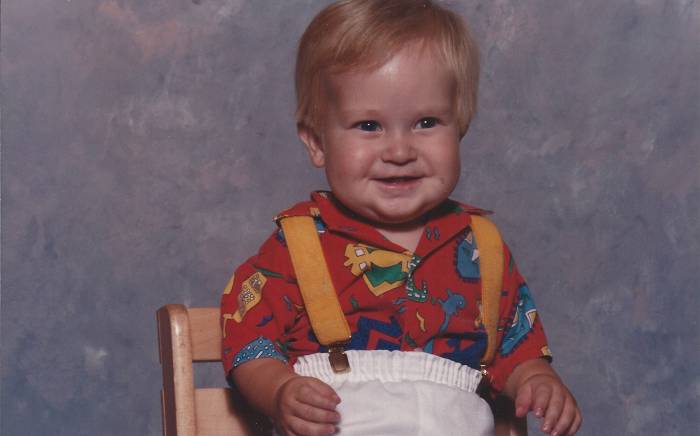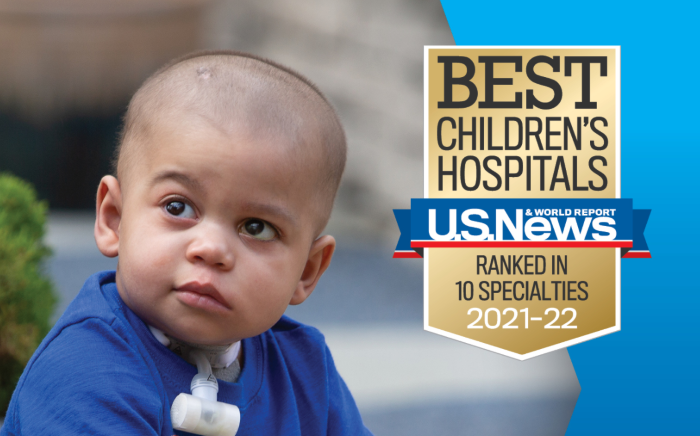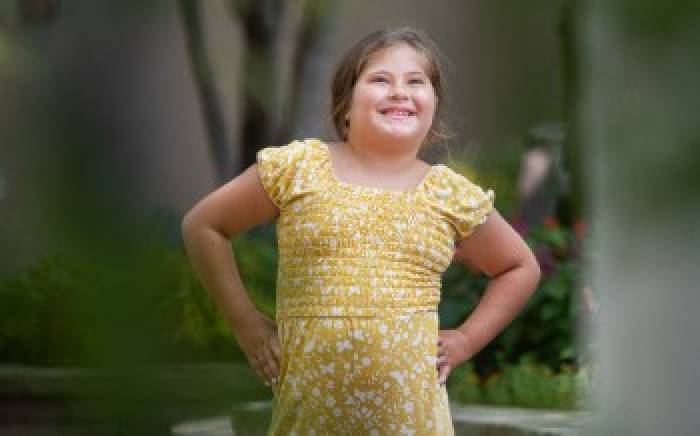
Originally published in the Spring issue of Pathways, a newsletter for investors of the Children’s Discovery Institute. Written by Patti McCarty.
Washington University School of Medicine biomedical engineer Jon Silva, PhD, was at a Microsoft conference and had just seen a demonstration of the Microsoft Hololens, the first self-contained hologram computer. This technology enables its user, who is looking through specially designed goggles, to interact and engage with three-dimensional holograms in their three-dimensional space. They call it “augmented reality.”
“Do you think you could use this in your lab?” he asked his wife after explaining what he’d just witnessed.
His wife is Jennifer Silva, MD, Washington University pediatric cardiologist and director of pediatric electrophysiology at St. Louis Children’s Hospital. Dr. Silva spends her days performing minimally invasive procedures on children and young adults with heart rhythm abnormalities. Often, her work involves threading catheters up through blood vessels into the heart and ablating the heart tissue to prevent abnormal electrical signals from moving through the heart. Currently, she watches her work on a two-dimensional display from which she has to create a mental three-dimensional model based on her knowledge of heart anatomy. This method has its limitations, given that children with abnormal heart rhythms often have abnormal hearts and no two are the same.
So, her answer was yes and when can she get her hands on it?
Dr. Jon Silva flew home and went to work on the enhanced electrophysiology visualization and interaction system. He wrote a computer program that connects the heart mapping systems used to construct point-to-point maps of the heart’s interior surface to the holographic display software. The result, as hoped, is a hologram of a heart with which Dr. Jennifer Silva will be able to interact. They have created prototype holograms of past patients. While wearing the Hololens goggles, Dr. Jennifer Silva can see the heart she is working with floating in mid-air in front of her. She is able to move around it freely and collaborate with those assisting her with a procedure. As a catheter moves around the heart in real time, she can see where it’s going and what it’s touching.
With this technology, she will be able to provide the therapy needed more precisely and quickly.
“I have spent years looking at images of the heart, whether they be through electroencephalography, X-ray or fluoroscopy in the cath lab, and I have never seen the heart the way I’ve seen it through this system,” says Dr. Jennifer Silva. “What’s amazing is that I learn something new about the heart’s anatomy every time I interact with the holograms. That’s good news for my future patients.”
To take the technology to the human prototype stage, the Silva team proposed, and were awarded, a three-year Children’s Discovery Institute (CDI) grant. In that time, they hope to complete a proof-of-concept study of pediatric patients undergoing ablation procedures. The CDI funding has allowed them to hire Mike Southworth, a computer engineer with advanced degrees in electrical engineering and computer science from Johns Hopkins, who worked at Boeing prior to joining the team. He will further refine the computer programming needed to bring the 3-D holograms to life.
“It seems futuristic, but it’s happening right now,” Dr. Jon Silva says. In fact, the research team anticipates being approved for a human clinical trial by the end of 2017.
Dr. Jennifer Silva marvels at the speed with which they’ve been able to create a prototype to test.
“Typically, when you start a research project, you know it’s going to take years before you have a work product, whether that be a manuscript or a clinical trial. Because we already have a prototype we can work with in augmented reality space, it seems like a whirlwind. We are already learning how to interact with a patient-specific hologram and can watch a catheter work inside that hologram, that heart, with such clarity.”
But, she adds, this is bigger than how it affects the work in her lab. “We think we have a real opportunity for Children’s Hospital to be a destination for procedures that are informed by augmented reality, not just in the cardiac cath lab, but throughout the hospital.”
To learn more about the research grant or to speak with Dr. Jennifer Silva, call Children’s Direct at 800.678.HELP (4357).








